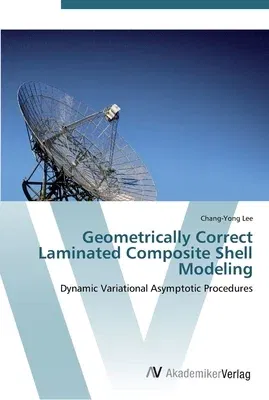Revision with unchanged content. Unlike published shell theories
restricted on wavelengths and timescales in question, the main two parts
of this work are devoted to the asymptotic construction of a refined
theory for composite laminated shells valid over a wide range of
frequencies and wavelengths. The resulting theory is applicable to
shells each layer of which is made of materials with monoclinic
symmetry. It enables one to analyze shell dynamic responses within both
long-wavelength, low- and high-frequency vibration regimes. It also
leads to energy functionals that are both positive definiteness and
sufficient simplicity for all wavelengths. This whole procedure was
first performed analytically. From the insight gained from the
procedure, a finite element version of the analysis was then developed;
and a corresponding computer program, DVAPAS, was developed. DVAPAS can
obtain the generalized 2-D constitutive law and recover accurately the
3-D results for stress and strain in composite shells. In a word, in the
literature there is not to be found such a consistent and general
approach, whether analytical or numerical. The associated computer
program DVAPAS has the potential to have many applications in industry
for analyzing composite structures that are subjected to various forms
of dynamic disturbances.


